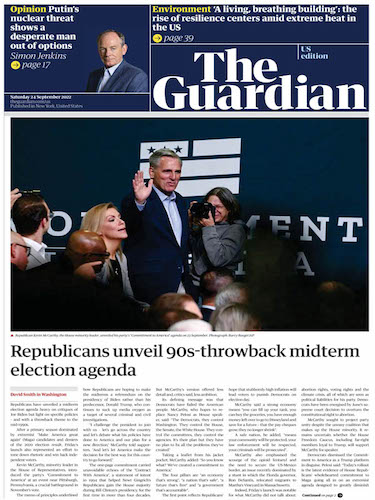
PDF reader, 14.7 MB
Do we map as we read? How central to our experience of literature is the way in which we spatialise and visualise a fictional world? Reading and Mapping Fiction offers a fresh approach to the interpretation of literary space and place centred upon the emergence of a fictional map alongside the text in the late nineteenth and early twentieth centuries. Bringing together a range of new and emerging theories, including cognitive mapping and critical cartography, Bushell compellingly argues that this activity, whatever it is called – mapping, diagramming, visualising, spatialising – is a vital and intrinsic part of how we experience literature, and of what makes it so powerful. Drawing on both the theory and history of literature and cartography, this richly illustrated study opens up understanding of spatial meaning and interpretation in new ways that are relevant to both more traditional academic scholarship and to newly emerging digital practices.
Download : Reading and Mapping Fiction Spatialising the Literary Text.pdf



